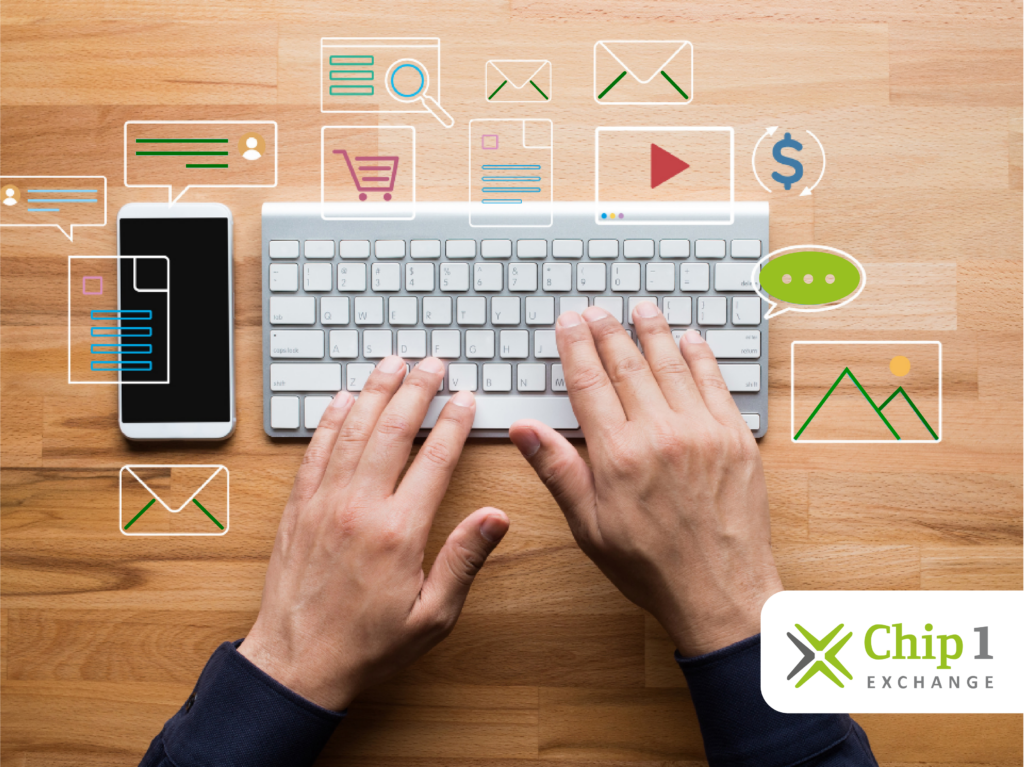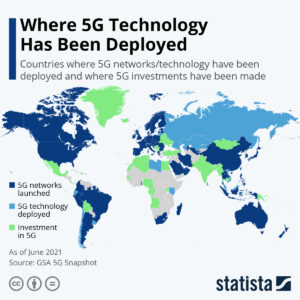
2021 is finally in our rear-view mirror. Though the global semiconductor industry has been coping with the chip shortage that started in late 2020, some executives still see that this will persist throughout 2023, with most issues stemming from lead time delays, pricing and availability. This affects production across various sectors in electronics, ranging from personal devices to cars.
Although the first half still feels sluggish, hope remains for improvement towards the latter part of 2022 as tech giants like Apple, Amazon and Tesla are looking to manufacture their own chips to help ease the burden of supply. Other manufacturers continue to build capacity in an effort to catch up with the global demand. According to the IEEE, “more than 40 companies will increase capacity by more than 750,000 wafers-per-month from the beginning of 2020 to the end of 2022. The long-term trend to the end of 2024 is for a 17 percent increase in capacity for 200-mm facilities.”
Expansion for these manufacturers won’t be easy, with industry leaders such as Intel, TSMC, Texas Instruments and Samsung forging the way forward. All of which announced multibillion investments to break ground and begin building these new plants in 2022.
More and more, digital transformation will rapidly reshape whatever analog lives consumers still have. Here is a look at some trends that show great promise for the future.
Living in a 5G world
Enter 5G, a 5th generation mobile network that is the new global wireless standard to follow after today’s 4G networks. According to the Global mobile Supplier Association’s global update on the world’s conversion from LTE to 5G, it says “By end December 2021, GSA have identified
487 operators in 145 countries/territories investing in 5G, including trials, acquisition of licenses, planning, network deployment and launches; up from 412 operators at the end of 2020”

In a snapshot from Statista, Americas and Europe leads the world in implementing 5G but investments are almost in every country in Asia. However, since 5G operates at a higher frequency, range is inherently shorter and more susceptible to physical obstruction. This means more radio frequency devices are needed to cover an entire metropolitan city with reliable 5G coverage.
In fact, many identify the scarcity of 5G products a challenge for 5G network deployment. With telecommunication providers investing in infrastructure to enable countries to enjoy 5G connectivity, RF products and the semiconductors surrounding 5G chipsets will play a huge role in enabling the rising trend of 5G enabled technology.
Internet of Things (IoT)
Hand in hand with the adoption of 5G worldwide, many IoT solutions will find a more conducive environment compared to 4G. The faster data rates alone will open up the possibilities for developers as IoT devices are highly dependent on fast, secure and reliable connections. Alongside an increase in data capacity, developers in this space will find applications in healthcare, logistics, and wearable tech – to name a few – that will take advantage of seamless connectivity onto a 5G network. 5G is meant to connect a multitude of embedded devices in any device you can imagine. In 2022, more and more IoT services will be offered by various technology providers in an effort to seamlessly connect technology to us. Ranging from consumer devices like the smart home devices and smart assistants and to commercial solutions that address the needs of sectors such as the logistics, health care and automotive industries. In fact, Statista is projecting that by the year 2025, the world will have 30.9 billion units of IoT connect devices installed. These include connected vehicles, smart home devices and industrial equipment. In a survey by Statista, the Smart home penetration rate in the United States alone is projected to increase from approximately 33.2% in 2019 and reach 53.9% by 2023, with a forecasted revenue of $43.67 billion.
Electric Vehicles (EV)
With the worst of the chip shortage seemingly behind us, the recent Consumer Electronics Show (CES) 2022 presentations paint an amazing picture of what’s to come in the automotive industry. Key partnerships within the industry drive development towards the total digitalization of the
vehicle as we know it. In fact, Deloitte claims that electronic systems could account for half a car’s cost once 2030 rolls in. 5G integrations for in-car infotainment, efficient navigation systems, driver assistance and more. Qualcomm, a tech giant also in the forefront of this digital revolution, has partnered with several automotive companies to bring the digital chassis to fruition. An average electric vehicle will contain 2,000~3,000 chips, roughly twice the amount of chips present in a non-electric vehicle. With the advent of the digital chassis, this number will inevitably rise as automotive manufacturers continue to develop new solutions in this sector.
One thing is for sure, once the world starts to see an ease in pandemic lockdowns and economies start to recover, chip demand in this sector will pick back up as the market supply rebounds.
Blockchain
2021 saw the rise of NFTs or Non-fungible tokens. Digital artists like Beeple, who sold his art for a whopping $69 million, have taken the art world by storm. Since then, many other NFT-backed art work were sold through the auction house, Christie’s. While selling digital art may not seem appealing to all, the underlying blockchain technology underneath NFTs has a lot of promise for business applications, and with it, comes the development of IoT solutions that support those.
Investopedia defines blockchain as a digitally distributed, decentralized, public ledger that exists across a network. It is most known for its applications in cryptocurrency, but due to its system of recording information, it becomes extremely difficult to change, hack or cheat the system. Different applications that involve high data security, real-time tracking, automation processes, data protection, access control, quality control and more are some of the possible use cases. Tech companies like IBM have started offering their own blockchain-based solution as a kick off point for developers in this space. Solutions that involve using smart contracts, which are simply a set of commands to be executed once certain pre-determined conditions are met. These outcomes are set to be executed automatically without any need for intermediation from a 3rd party.
This is where IoT plays a vital role in the ecosystem. With 5G on the rise, blockchain utilizes a new ecosystem of devices that create tamper-proof records of shared transactions within a blockchain network. Combining blockchain with IoT helps developers add another layer of security to protect precious data from malicious attacks outside their networks. Industries are equipped to capture data, develop precious insights based on that data, and make vital decisions on that data, all through the blockchain. What helps these systems do this? The IoT devices meant to capture data from the environment.
Adding blockchain into the agriculture industry, for example, provides the transparency of the entire supply chain starting from the farm, to the local groceries and onto the dinner table. Any information collected by IoT sensors from the field can be secured safely within the blockchain network. Even the tracking of these items through transportation and warehousing.
Applications in this field are wide open, especially for industries that require a lot of remote instrumentation.
The way forward
Despite the chip shortages caused by the worldwide pandemic, developments in these fields (and more) are indeed promising. Electronics manufacturers, big and small, shall be clamoring for supply to catch up as mankind forges further into the 21st century. Just imagine what the horizon will look like again in 10 years’ time once supply catches up.
